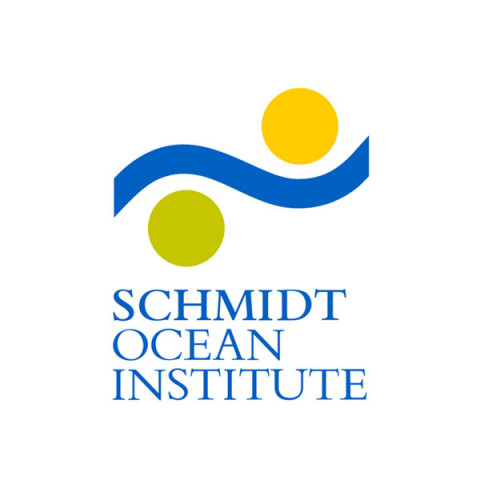Chemical Mapping
In many land and aqueous environments, (e.g. estuaries, rivers, arctic ponds and lakes), analysis of gas emissions is limited to the number of samples that can be physically collected and analyzed. In collaboration with WHOI scientists D. Nicholson and Wankel, we developed the ChemYak, a chemical sensing platform based on the JetYak, an autonomous surface vehicle (ASV/kayak) that enables spatial analysis of surface waters. In an estuarine environment, the ChemYak provides data needed for examining sinks and sources of relevant gases (e.g. CH4, O2, CO2) across large scales and throughout small creeks, typically impractical to sample. The ChemYak has been deployed 1) in the North River, MA to investigate the role of side channels in the estuary, 2) at the lake-river-bay continuum in Cambridge Bay, Nunavut in the Canadian Arctic to investigate the rapid release of methane during the spring freshet, and 3) from the R/V Falkor to investigate the air-sea interface above shallow (<75 m) methane seeps off Oregon.
Funding Agencies
The Schmidt Ocean Institute funded this project.

Acknowledgements
We would like to thank the Captain and crew of the R/V Falkor and ROV Subastian, the Arctic Research Foundation, and the staff of the Canadian High Arctic Research Station.
Partners/Collaborators
This is a collaboration with S. D. Wankel, D. Nicholson (WHOI) & K. Manganini (WHOI)
Research Papers
- Observations of shallow methane bubble emissions from Cascadia Margin
- River inflow dominates methane emissions in an Arctic coastal system
- Information-Guided Robotic Maximum Seek-and-Sample in Partially Observable Continuous Environments
- Rapid mapping of dissolved methane and carbon dioxide in coastal ecosystems using the ChemYak Autonomous surface vehicle